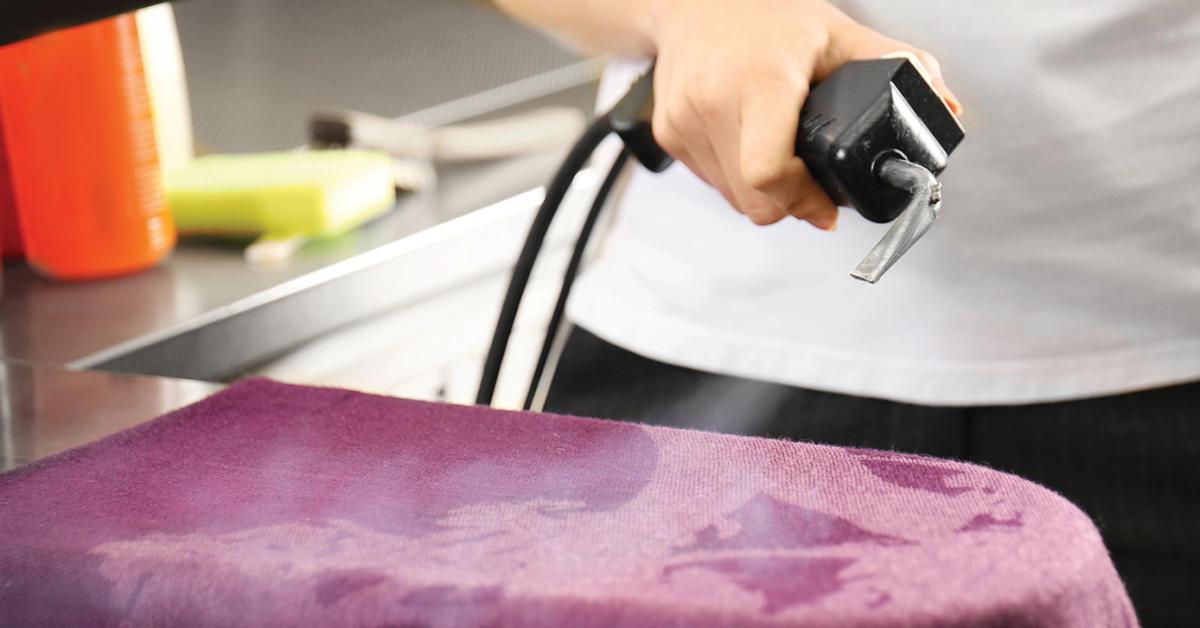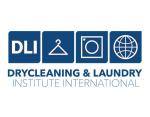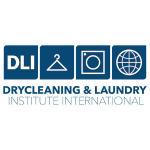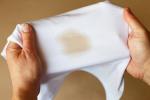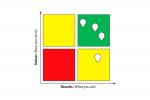CHICAGO — To become an expert in stain removal, it takes the skills of both a detective and a chemist.
Just like a detective, a skilled spotter needs to examine the evidence — analyzing the stain’s location, color, texture, and even smell to determine what they’re dealing with. And, like a chemist, they have to understand how different compounds interact with various fabrics and dyes, knowing which solvents and techniques will safely remove the stain without causing damage or making the situation worse.
These dual skill sets don’t develop overnight, and the path to mastering them has evolved in recent years.
“The most significant shift in stain removal education has been the transition to online learning,” says Brian Johnson, education director for the Drycleaning & Laundry Institute (DLI). “The pandemic initially made this change necessary, but online learning has remained popular due mostly to its convenience, flexibility and wider accessibility. There are people we can reach now that we couldn’t reach before.”
This technological shift represents just one of many changes affecting how cleaners develop their stain removal expertise. From evolving solvent technologies to new fabric compositions entering the market, today’s spotters face challenges their predecessors never encountered, while simultaneously dealing with a decline in foundational knowledge that once defined the industry.
The Knowledge Gap Challenge
Perhaps the most significant challenge facing the industry isn’t new stains or advanced fabrics — it’s a fundamental loss of expertise.
“Cleaners today struggle with stain removal in general,” Johnson says. “That’s because there’s been a decline in knowledge. Stain removal education became less of a priority in the last few decades, and it’s led to gaps in expertise.”
The root of this problem, he believes, traces back to industry changes that occurred years ago: “There was an influx of new owners who came in, and they did not get the training. Before that wave came in, everybody went to school for dry cleaning.”
Alan Spielvogel, director of technical services at the National Cleaners Association (NCA), has witnessed this shift firsthand during his time in the industry. Having worked in dry cleaning since age 15 and taught stain removal since 2001, he’s seen the evolution from hands-on apprenticeships to today’s more fragmented approach to education. With the new educational tools available, however, he believes this knowledge gap can be overcome.
“When I first attended New York School of Dry Cleaning back in 1970, we used the blackboard,” Spielvogel says. “When I started with NCA in 2000 and started doing instruction there, we still used the blackboard. But with the advent of electronic media, PowerPoint presentations and that kind of thing, it makes it a lot easier to educate the potential dry cleaner.”
Technology’s Double-Edged Impact
While technological advances have improved educational delivery, they’ve also created new challenges in the plant. The industry’s shift away from perchloroethylene (perc) to alternative solvents has fundamentally changed the stain removal landscape.
“Ten years ago, the majority of cleaners were perc dry cleaners,” Spielvogel says. “Perc is a better degreaser than the alternatives on, let’s say, a combination stain like spaghetti sauce, where there’s a greasy component. It would basically come out in the drycleaning machine. With alternate solvents, they’re not as aggressive, the cycle times are longer, and the reclamation temperatures are higher. So now they’re having more problems with a stain that would have normally been removed or not oxidized.”
Cleaners who might have relied on perc’s superior degreasing properties now must develop more sophisticated spotting skills to achieve the same results with alternative solvents.
“You have to do more pre-spotting, and you have to be able to identify the stain,” Spielvogel says. “The whole idea is getting the greasy component out or the whole stain out before it has a chance to oxidize in the machine.”
Come back Tuesday for Part 2 of this series, where we’ll continue by examining both the philosophy and mechanics behind stain removal training.
Have a question or comment? E-mail our editor Dave Davis at [email protected].

